Introduction
Dresden University of Fine Arts (HfBK) is a public visual arts vocational university located in Dresden, Germany. It is also one of the oldest art education institutions in Europe and plays an important role in the field of art education.
Overview
Student size: Currently, the school has about 550 students enrolled in five study programs and enrolls about 650 students each year.
Faculty: It has a group of teachers with profound attainments and rich experience in the field of art. They not only have solid professional knowledge, but also can guide students to conduct in-depth artistic exploration and practice, and provide students with high-quality education and guidance.
History and establishment time
The school was founded in 1764 In 1930, it was originally the famous Dresden Academy of Arts. Many influential European artists have studied and worked here. After World War II, the Dresden Academy of Arts merged with the local Dresden Academy of Applied Arts to form the current Dresden Academy of Fine Arts.
School Strength
Course Setting: There are professional courses such as painting art, art heritage restoration, stage costume design, stage props design, art therapy, etc., covering multiple levels from undergraduate to doctoral, providing students with systematic art education.
Teaching Mode: Focus on the combination of practice and theory, through studios, laboratories, seminars, exhibitions and other forms, let students master art skills and theoretical knowledge in practice, and cultivate students' creativity and independent thinking ability.
Institutional Nature
Public university.
Educational philosophy
Committed to cultivating creative and talented artistic talents, encouraging students to transcend traditional artistic boundaries, explore new artistic forms and expressions, focusing on cultivating students' artistic personality and innovative spirit, enabling students to play their unique value in the field of art, while emphasizing the close connection between art and society and culture, and cultivating students' sense of social responsibility and cultural mission.
Key laboratories and disciplines
Key disciplines: Painting art is one of the main disciplines of the school, with a long history and profound academic tradition. In addition, disciplines such as art heritage restoration, stage costume design, stage props design, and art therapy are also highly renowned and influential in Germany and even Europe.
Key laboratories: The school has 6 technical support workshops, including lithography, screen printing, etching, woodcut printing, letterpress printing, book binding, etc., and there are also laboratories and studios for photography, painting, media and video production, providing students with good practice and creation conditions.
Department
No clear division of departments has been found in the school, but from the perspective of its professional settings, it can be roughly divided into the Department of Visual Arts, the Department of Art Restoration, the Department of Stage Art Design, the Department of Art Therapy, etc. Each department has its own unique teaching goals and curriculum system.
Ranking
Ranked 8709th among 14,160 universities in the world, 313th among 370 universities in Germany, and 6th among 7 universities in Dresden.
Expenses
Tuition fees: The school does not charge tuition fees, but the average admission fee can be up to 875.47 euros.
Other expenses: Living expenses such as housing and transportation in Dresden cost about 748.67 euros per month.
Campus
Campus location: Brühlsche Terrasse, Pfotenhauerstraße and Güntzstraße are located in the city center, surrounded by a strong cultural and artistic atmosphere and convenient transportation, making it easy for students to contact and experience local art and cultural activities.
Teaching facilities: In addition to the above-mentioned key laboratories and studios, the school also has modern teaching buildings, libraries, exhibition halls and other teaching facilities, providing a good environment and conditions for students' learning, research and creation.
Living facilities: The living facilities around the campus are complete, including student dormitories, restaurants, supermarkets, cafes, etc., to meet students' daily needs.
-
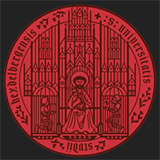
Heidelberg University
-
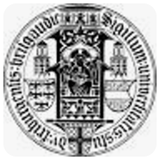
University of Freiburg
-
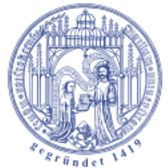
University of Rostock
-

University of Jena
-

University of Marburg
-
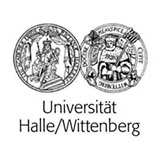
University of Halle-Wittenberg
-
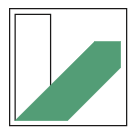
University of Bayreuth
-

Leipzig University
-
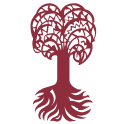
University of Tübingen
-
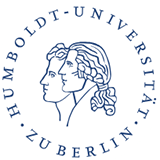
Humboldt University of Berlin
-

Mesoamerican University
-

Istmo University
-
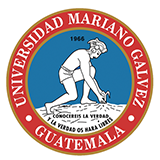
Mariano Galvez University of Guatemala
-
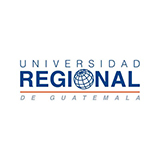
Regional University of Guatemala
-
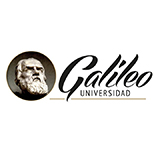
Galileo University
-
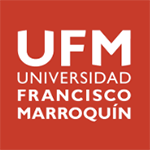
Francisco Marroquín University
-

Rafael Landívar University
-
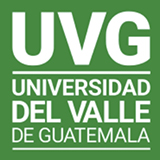
University of the Valley of Guatemala
-
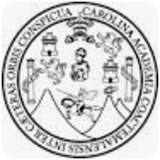
University of San Carlos of Guatemala
-

Technological Institute of Tlaxcala Plateau
-

Golfo University
-
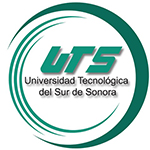
Technological University of South Sonora
-
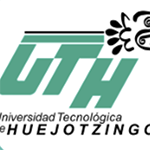
Technological University of Huejotzingo
-
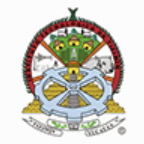
Tizimín Institute of Technology
-
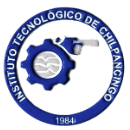
Chilpancingo Institute of Technology

